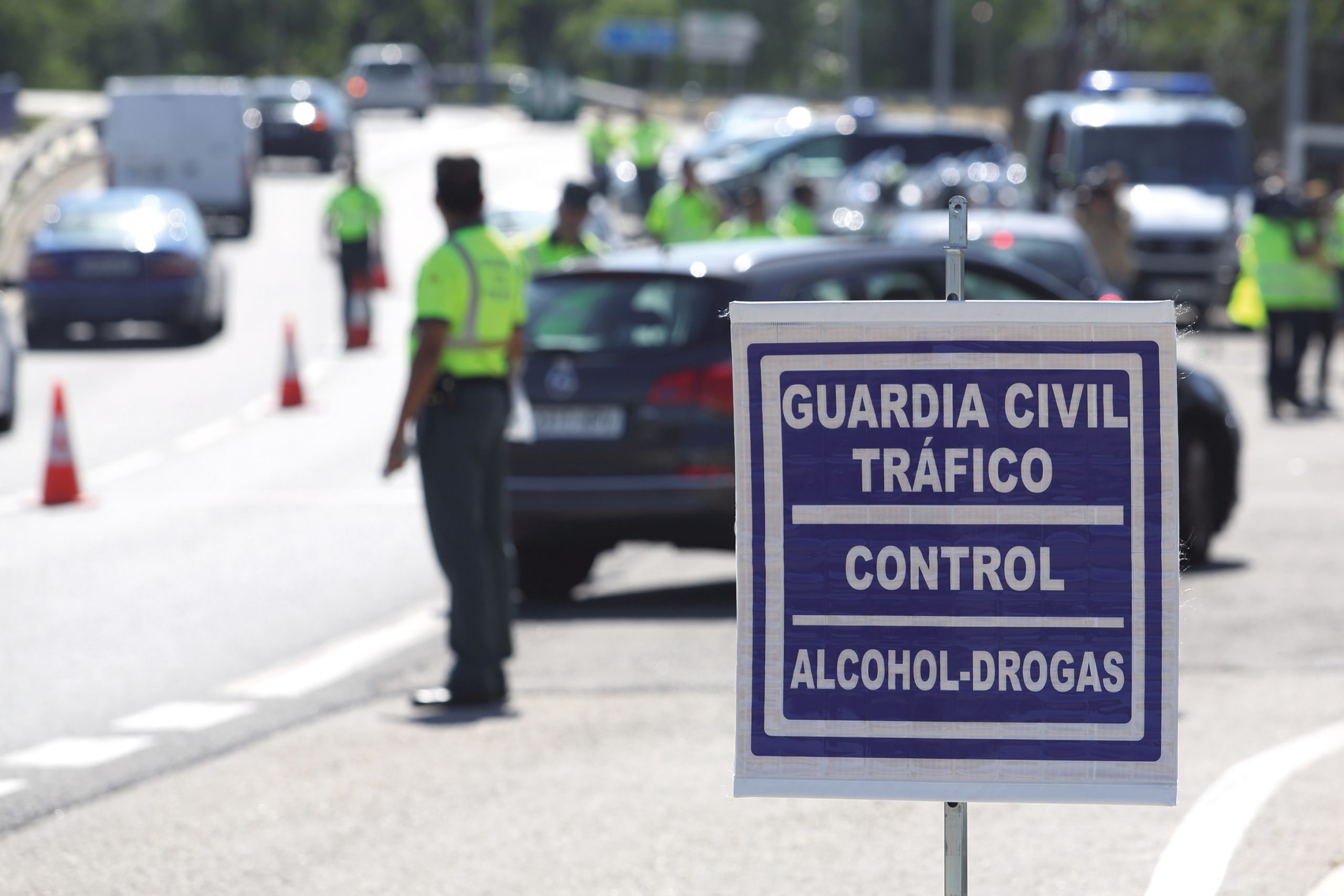Until now, the operation of DGT radars has been a mystery. While some say they activate when the allowed circulation rate is exceeded, others believe they have more wiggle room. Well then, To dispel the doubts of drivers, the Main Directorate of Road Traffic itself had to come.and finally, they have published the speeds at which their sensors are activated.
The truth is that there is an error between the speed limit marked on the road and the speed limit recorded by the sensors. The same thing happens with radars and breathalyzers.
But this is not a failure in the sensors of these devices. In fact, These devices are required by law to have a margin to prevent detection errors.. For example, if you are driving at 121 km/h on a road limited to 120 km/h, the DGT radar will not issue a fine.
So, what is the accuracy of DGT radars?
According to DGT, there is an error that is on the threshold of 5% and 7%. Nevertheless, the other option also plays a role in more specific numbersand this is from 5 to 7 km / h.
While the radar is installed, the penalty will not apply if you do not exceed 5 km/h at a maximum road speed of less than 100 km/h. So we have that on a road at 50 km/h, the radar gives a warning when you are driving at about 56 km/h. This will apply to all roads where the speed limit is less than 100 km/h.
If you are on a road with a maximum speed between 110 and 120 km/h, the error becomes a percentage. That is, you will need to add 5% to the total limit to know when the DGT radar will be activated. For example, if you are driving on a road at 110 km/h, the radar will activate when you are driving at 115.5 km/h. In the case of roads with a speed of 120 km/h, the fine will be 126 km/h.
On the other hand, there are also mobile radars. They have a higher error than stationary speed cameras. In this case, rule 7 must be applied.. For example, if you are driving on a road with a speed limit of 50 km/h, the radar will apply a speed penalty of 58 km/h, and so on, until all roads below 100 km/h are passed. In the case of those that are 110 and 120 km/h, the radar will be triggered at 117.7 km/h and 128 km/h respectively.
“Speed limits are in place to ensure road safety for all,” the official DGT Twitter account says. In addition, they take the opportunity to clarify What are the penalties for speeding violations?. “Failure to comply with them entails a fine of 100 to 600 euros and a loss of 2 to 6 points. Exceeding the city limit by 60 km/h or the intercity limit by 80 km/h is a crime.
Source: Hiper Textual
I’m Blaine Morgan, an experienced journalist and writer with over 8 years of experience in the tech industry. My expertise lies in writing about technology news and trends, covering everything from cutting-edge gadgets to emerging software developments. I’ve written for several leading publications including Gadget Onus where I am an author.












